
Admin / 18 -October -2023 – 8 Endangered Animals in Indonesia that We Need to Protect
Indonesia is a country blessed with incredible natural wealth and biodiversity. With more than 17,000 islands and various ecosystems, Indonesia is home to many unique and rare animal species. Unfortunately, pressures from illegal hunting, habitat loss, and climate change have threatened the survival of some of these rare animals. Here are 8 endangered animals in Indonesia that we need to protect.
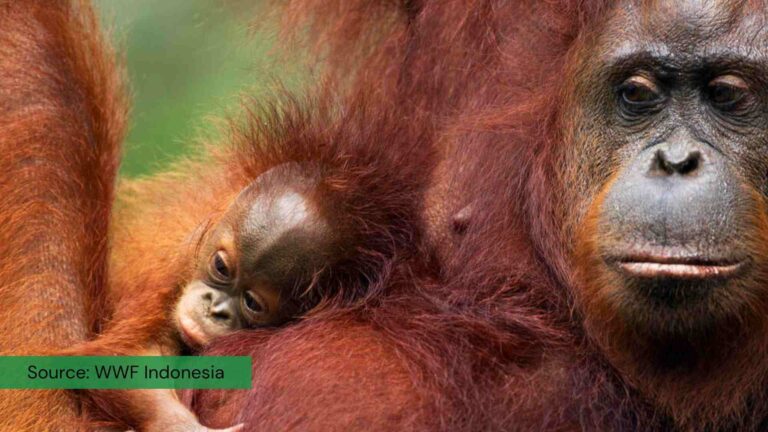
Orangutans are large primates found exclusively on the Indonesian islands of Sumatra and Borneo. In the dense rainforests that are home to them, there are three species of Orangutan in Indonesia: Sumatran Orangutan (Pongo abelii), Bornean Orangutan (Pongo pygmaeus), and Tapanuli Orangutan (Pongo tapanuliensis).
The Sumatran orangutan, known for its reddish-brown fur, languishes on the island of Sumatra with a population that is currently in a very critical condition, facing a concerning threat of extinction. The Bornean orangutan, with its large face and pillowy cheeks, also faces serious challenges in maintaining its existence. However, what is most heart-wrenching is the plight of the Tapanuli Orangutan, which is on the brink of extinction, making it one of the most endangered species in the world.
The enormous threat to Indonesia’s orangutan population cannot be taken lightly. Illegal hunting, in which they are often targeted, is devastating their population. The loss of rainforest, which is their home, due to deforestation and environmental change, is reducing their range even further. Destruction of their natural habitat by human activities also threatens their survival.
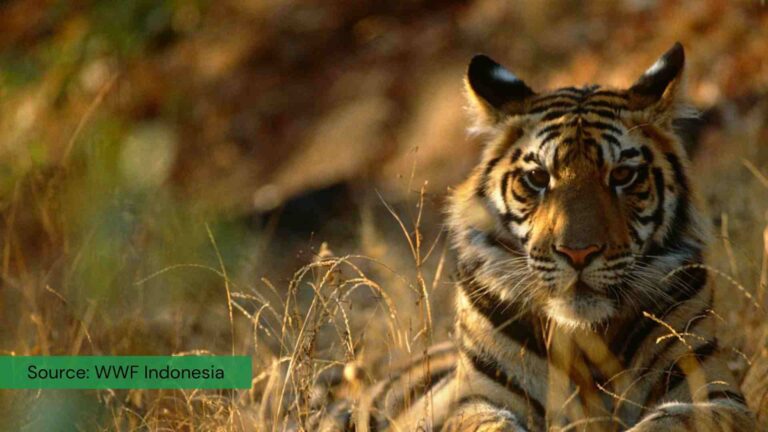
The Sumatran tiger, one of the six surviving tiger subspecies on the planet, is, unfortunately, in dire straits, listed as Critically Endangered, and facing serious threats that may eliminate them from the planet.
Sumatran tigers, with darker skin compared to their relative, Panthera tigris tigris (Continental Tiger), are characterized by seductive coat colors ranging from reddish yellow to deep orange. The more densely located stripes give them an exclusive charm, setting them apart from others. This uniqueness makes the Sumatran Tiger a highly prized animal.
Riau Province, in Indonesia, is home to one-third of the remaining Sumatran Tiger population. However, even in their supposed sanctuary, Sumatran Tigers face growing threats. Widespread deforestation, agricultural expansion and human activities have shrunk their forest range, forcing them to compete with humans for increasingly scarce natural resources.
Another serious threat is illegal hunting. The tiger’s beautiful fur is often the target of poachers, and their bodies, which are considered to have mystical powers, have led to illegal trade.
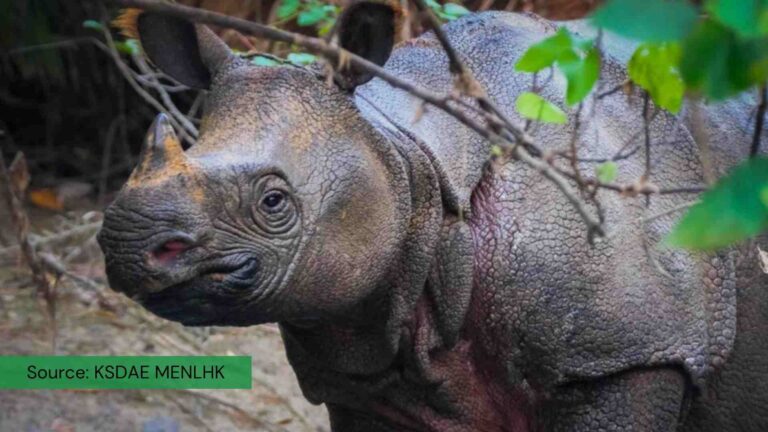
4. Komodo Dragon (Varanus komodoensis)
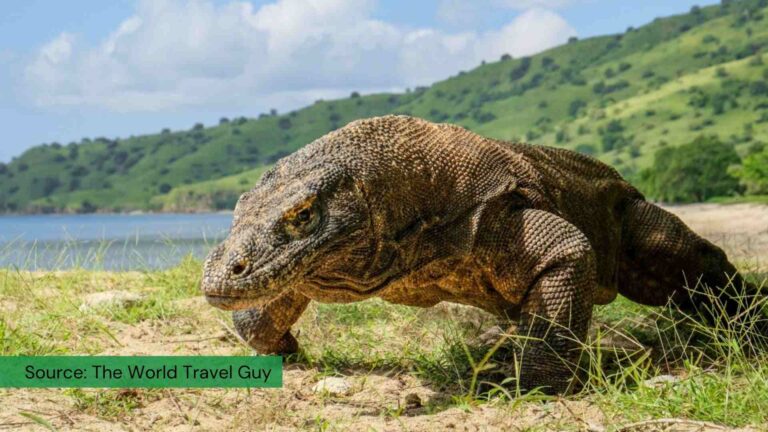
Komodo dragons, a species of giant monitor lizard found exclusively on Komodo Island, Rinca, Flores, Gili Motang, and Gili Dasami in East Nusa Tenggara Province, Indonesia, are one of the living wonders that amaze the world. They are the largest species in the Varanidae family and, with an average body length of 2-3 meters and a weight of up to 100 kg, are the largest lizards in the world.
Their massive bodies and fearsome reputation as apex predators in their ecosystem make them one of the most famous animals in the entire world. Komodo dragons are the guardians of their ecosystem, maintaining the balance of nature and playing a role in biodiversity conservation.
However, hopes of seeing Komodo dragons in their natural habitat continue to dwindle. Human activities, such as deforestation, development and environmental changes, have reduced their territory and threatened their existence. Instead of being an awe-inspiring creature in the wild, Komodo dragons are now a species vulnerable to extinction.
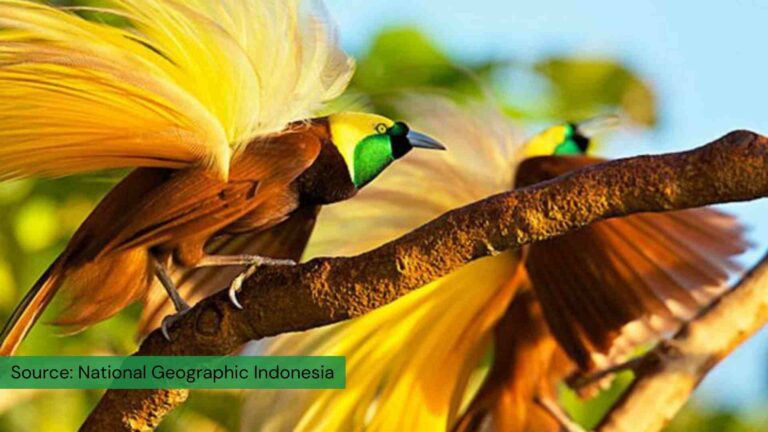
Birds of Paradise are members of the Paradisaeidae family in the Passeriformes order that fascinate with their presence in various parts of Indonesia, especially in eastern Papua, New Guinea, the Torres Strait islands, and eastern Australia. They are often referred to as “birds of paradise” thanks to their beauty and uniqueness. There are thought to be around 30 species of Bird of Paradise inhabiting Indonesia, with 28 of them found in Papua. All of these Bird of Paradise species are protected by law.
The beauty of the Birds of Paradise is breathtaking. They are famous for the long, intricate feathers that grow from the beak, wings or head of the male bird. These feathers form an incredible array of colors and shapes, giving the bird an incredible charm. Birds of Paradise are one of the few birds in the world that have such a spectacular and alluring appearance.
Birds of Paradise vary greatly in size, ranging from the lightweight King of Paradise of only about 50 grams and measuring about 15 cm to the Black-billed Bird of Paradise that can reach a body length of up to 110 cm. The Roll-crested Manukod Bird of Paradise, weighing up to 430 grams, is also one of the largest among the Bird of Paradise species.
While the beauty of Birds of Paradise has mesmerized the world for centuries, they face threats. Loss of natural habitat due to deforestation, environmental changes, and illegal trade are serious problems that threaten their survival.
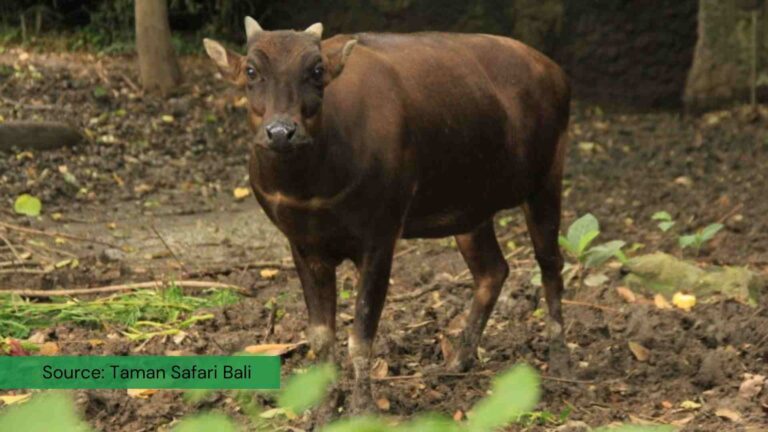
The anoa, a close relative of the bull, is a rare creature found exclusively on the island of Sulawesi, which is a biodiversity hotspot in itself. While the Anoa may not be as popular as their animal brethren, such as the tiger or rhino, they have an important place in the island’s ecosystem.
The small geographical area in which Anoa are found makes them highly vulnerable to external threats. One of the main threats is the loss of their habitat. Continued deforestation in Sulawesi has resulted in the depletion of forests that are home to the Anoa. This habitat loss also forces the Anoa to compete with humans for food resources.
In addition, the Anoa also faces illegal hunting that jeopardizes its existence. Hunted for their meat or as trophies, the Anoa population continues to decline.
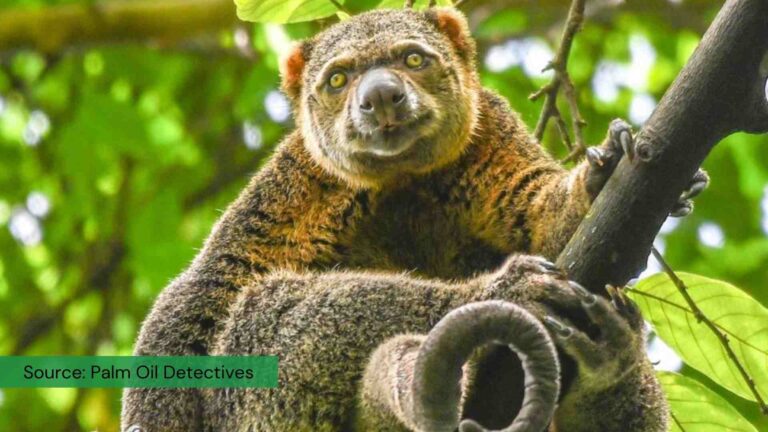
The Bear Cuscus is an exotic and rare marsupial, which inhabits Papua and the surrounding islands. While they may not be as popular as kangaroos or koalas, they hold a unique place in Papua’s enchanting natural treasures.
Bear Kuskus are very special creatures in the world of wildlife. They get their name from the thick, dense fur that resembles a bear’s coat. Their presence on remote islands creates a unique and exclusive natural icon. However, this uniqueness also makes them highly vulnerable to threats.
The biggest threat to the Bear Kuskus is illegal hunting. Their beautiful fur is often targeted for the illegal trade. In addition, the exotic pet trade also threatens their population.0
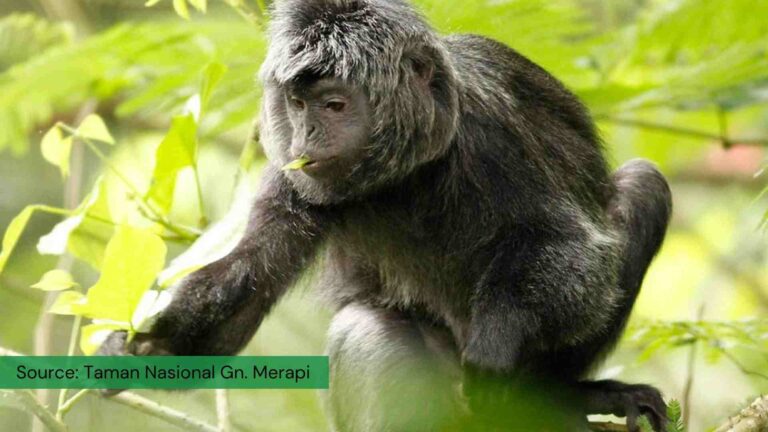
The existence of these endangered animals is one of the precious assets in Indonesia’s natural wealth, and protecting them is our collective responsibility. Maintaining priceless biodiversity is essential for the sustainability of ecosystems and life on this planet.
Strong conservation efforts, protection of natural habitats, and eradication of illegal trade are critical steps to ensure that these endangered animals will be around for generations to come. We must work together with governments, conservation organizations, and local communities to keep these endangered species from extinction.
With our awareness and actions, we can play an important role in preserving Indonesia’s natural treasures and ensure that these endangered animals will continue to be an integral part of our beautiful ecosystem.
Javan langurs are primates exclusively found on the Indonesian island of Java. They are fascinating creatures, but unfortunately, face serious threats to their survival.
The densely populated island of Java has seen its natural habitat shrink over time. Deforestation, agricultural expansion, and urbanization have reduced the area of forest that is home to the Javan Langur. As a result, their populations have become increasingly fragmented and isolated.
Another significant threat is illegal hunting. Their beautiful fur, which is often the target of poaching, has value on the black market.
